
 |
| Home Page | Brief History of Tuli Cattle | Why Choose Tuli? | Sales and News | Crossbreeding | Photo Gallery | Tuli Breeders | Contact Us |
| Why Choose the Tuli Breed? Tulis are moderately-framed cattle with a small cervico-thoracic hump and dewlap, and their smooth, shiny coats come in four basic colours - red, gold, ivory and dun. There are, of course, many variations in the shades of these four coat colours, which are all relatively light. Tuli cattle handle heat well, in any case. Their coat colours further contribute to this adaptation, making intense sunlight, to which they are especially well adapted, a condition of little concern for them. Between 70 and 80% of Tuli calves are born naturally polled, the balance horned. Natural selection bestowed excellent adaptability and hardiness upon the Tuli breed’s precursors over thousands of years. Since the modern Tuli breed was developed and refined using scientific selection methods, maximising the economic value of cows with high fertility, good milk production and low calf mortality, and bulls with fast growth, feed conversion and carcass quality, has been the focus. Whilst achieving this, breeders ensure that the Tuli’s natural adaptability and hardiness are never compromised. Tuli cattle are renowned for their amazing ability to produce excellent quality beef even while grazing on really poor quality grass, demonstrating their incredible adaptability. These robust cattle can thrive in areas of semi-desert with sandy soil, in the bushveld with its extreme heat, in areas of high rainfall and high altitude, in mountainous regions that occasionally even get snow such as the Drakensberg, in arid scrub bush with poor grazing, in coastal bush areas, in humid tropical conditions, and on the grasslands of typical African savannah. No wonder they have been imported by a number of countries with very different climates, worldwide!
|

The Tuli mature early, calve easily, are caring, competent mothers, are highly fertile, have low calf mortality, are easy-going in temperament and hence easy to manage, are naturally tick and disease resistant, handle hot conditions without stress, and are overall very hardy, strong, adaptable and resilient. They easily handle nutritional stress, drought and water scarcity, and even when grazing quality is poor, produce top quality beef. They are large enough for slaughter at 18 months and their beef rates highly for flavour, marbling and tenderness. A recent research study in Nebraska, USA, concluded that Tuli beef is exceptional in its quality, and when compared with several other notable beef breeds, was found to have the juiciest meat, and came second only to the Angus breed for its excellent marbling. Tuli cattle also make productive dairy cows with high quality milk. |
|||
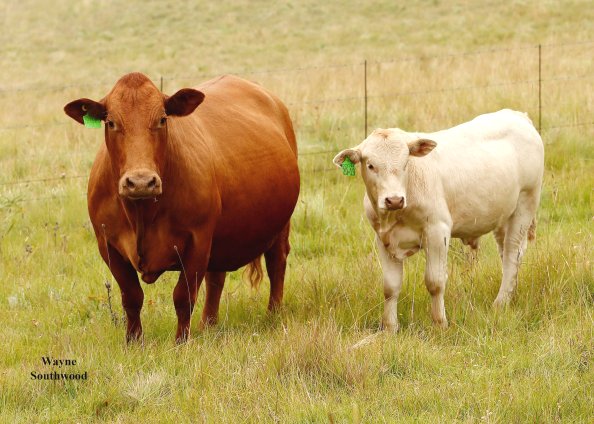 |
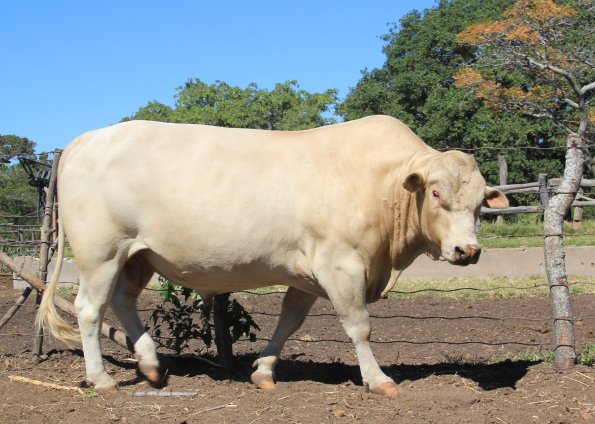 |
|||
|
||||
|
|
|||
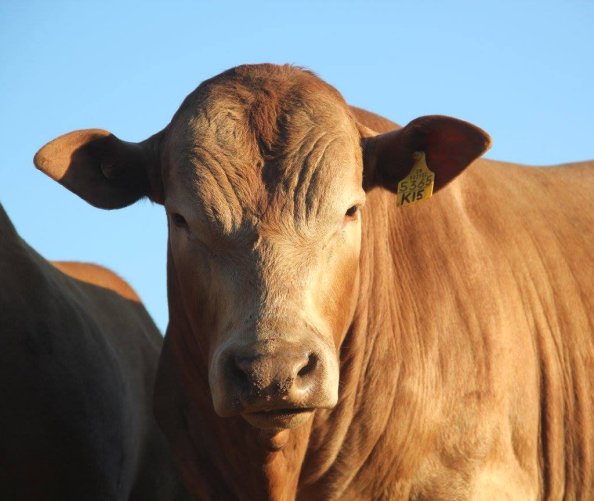 |
 |
|||
 |
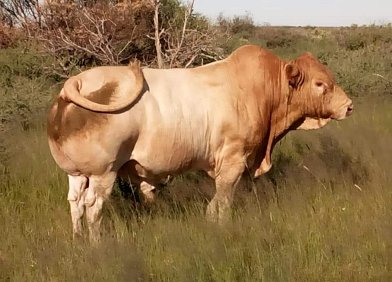 |
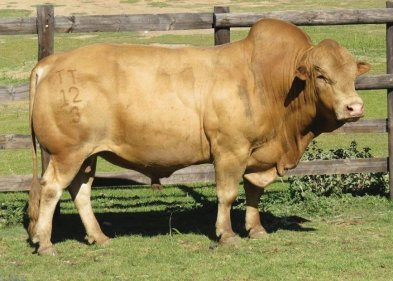 |
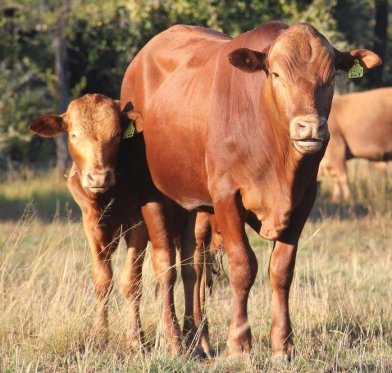 |
 |
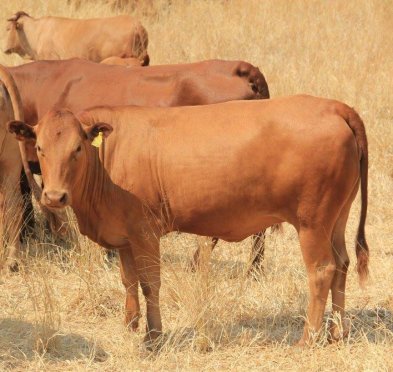 |
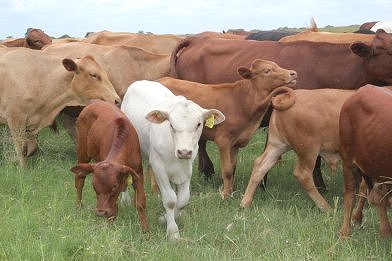 |
 |
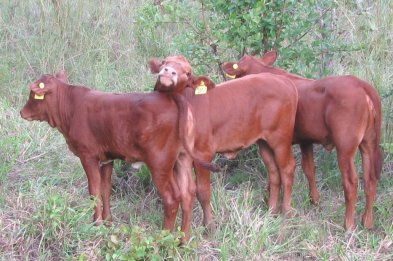 |
 |
||
 |
 |
 |